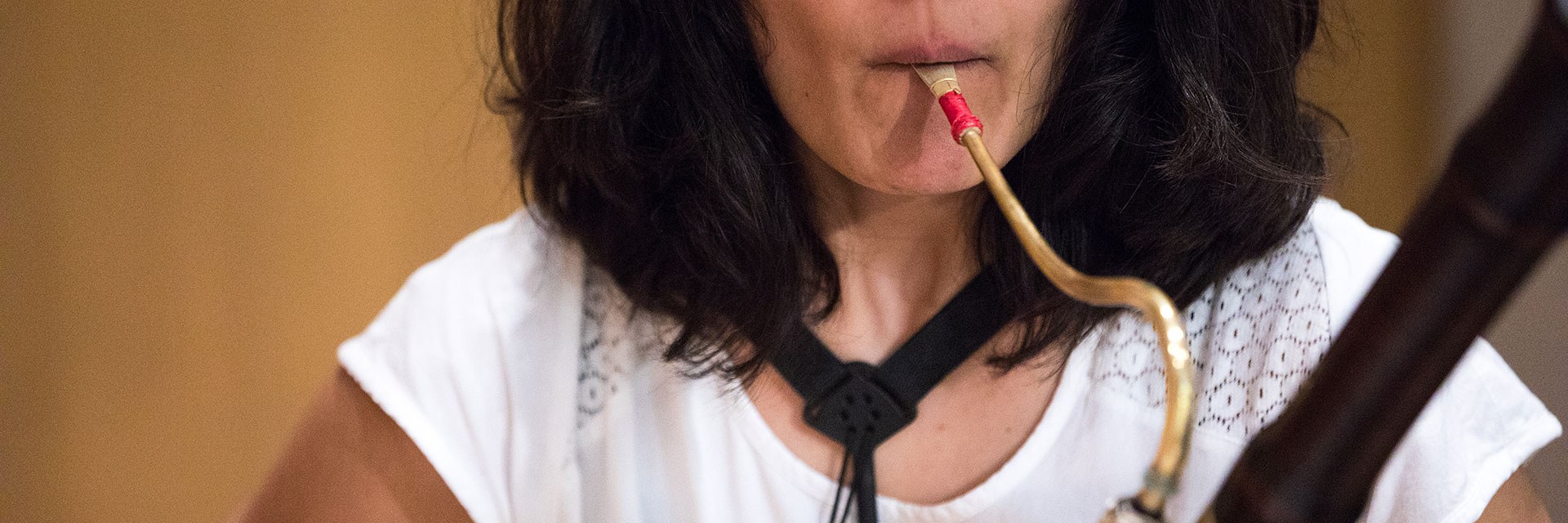
Fagottini und tenoroons
The tiny, overlooked giants of music. Exploration of the history, repertoire and use of 18th and 19th century fagottini both in musical practice and teaching
A total of 70 small basoons from the 18th and 19th centuries (also known as fagottini, bassonetti, tenoroons, quart-, quint-, sext- or octave bassoons) can be found in museums and private collections around the world. The characteristics of these small instruments from the bassoon family, how they work, their repertoire and their musical practice have not been the subject of in-depth research to date. While there is evidence that they were once used for teaching purposes, there are documented works for soloists, chamber music ensembles and orchestras which contain parts specifically for faggotini. Yet, inaccurate descriptions coupled with scant knowledge of their musical context mean that questions remain unanswered as regards their size, sound and aesthetics. A reassessment of their repertoire is therefore needed.
This applied research project aims to explore the organological and musical aspects of these tiny, overlooked giants of music. It will produce a detailed inventory of surviving period examples, and will evaluate the available data to generate a systematic overview of musical and educational sources. In doing so, this research will make it possible to establish a clear profile of these instruments and their repertoire, and map the historical context in which they were created and used. This pilot study aims to serve as a springboard for future research on the musical practice and educational aspects of fagottini.
For further inflammations and details to the researching project see the website historical-bassoon.ch
